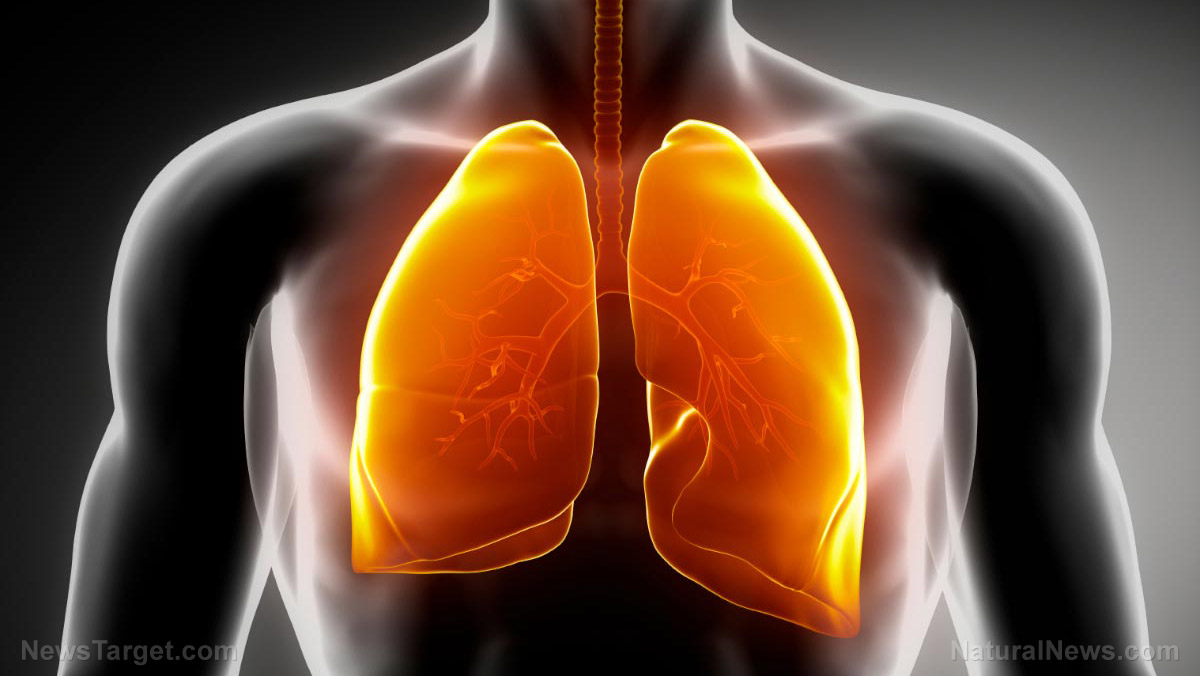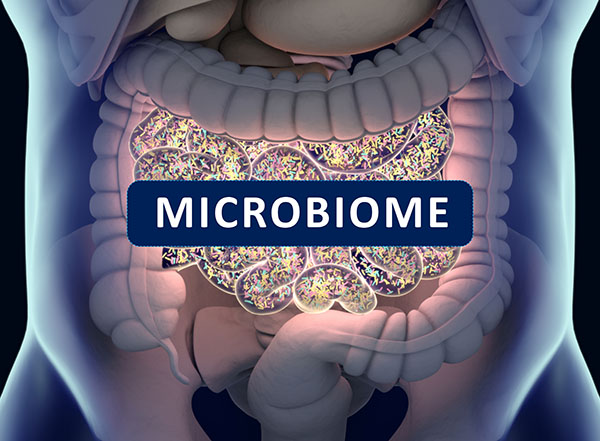
Practicing this technique may also strengthen your lungs and help you control shortness of breathing.
This technique involves inhaling through your nose and exhaling slowly through your mouth. Repeated pursed-lip breathing helps slow breathing and empty the lungs.
Those with lung conditions can practice pursed-lip breathing as part of a pulmonary rehabilitation program. (Related: The 4 stages of COPD: Pay attention to your symptoms and make lifestyle changes to prevent it.)
This technique can improve your breathing and help you deal with day-to-day activities, like climbing the stairs or walking. Additionally, it helps reduce the stress caused by shortness of breath.
Who should try this technique?
COPD involves two key conditions: emphysema and chronic bronchitis. Healthcare professionals may sometimes include nonreversible or refractory asthma under this term.
People with conditions like emphysema and chronic bronchitis may benefit from pursed-lip breathing since it strengthens the lungs and makes them more efficient.
These conditions cause symptoms such as:
- Experiencing a tight feeling in your chest
- Feeling breathless
- Frequent coughing
- Producing mucus when you cough
- Wheezing
Pursed lip breathing can help your lungs work better, and it can help relieve your symptoms.
A person with healthy lungs uses their diaphragm when breathing. This strong muscle contracts when a person inhales to draw air into the lungs. When a person exhales, the diaphragm relaxes into a dome shape, which forces air out of the lungs.
But if you have COPD, the diaphragm is often weakened and unable to function properly. When your diaphragm relaxes, the stale air remains trapped in your lungs.
The trapped stale air leaves less room in your lungs for fresh air that contains oxygen, making you feel short of breath. Having COPD means you may not have enough air available in your lungs to exercise.
Because your lungs aren't working normally, your body is forced to use muscles in your back and chest to breathe. This irregular muscle use can make you feel tired and cause pain.
Practice pursed lip breathing regularly to get rid of stale air in your lungs and to help your lungs and diaphragm work better to get more oxygen into your body.
How to do pursed-lip breathing
If you have COPD, you may notice that you frequently take lots of shallow breaths.
Practicing pursed-lip breathing means you need to breathe in and out in a specific way. The technique helps keep the airways in the lungs open for longer. This will help you take fewer breaths that are more efficient.
Try to relax before you practice pursed-lip breathing. First, drop your shoulders and release the tongue from the roof of your mouth to relieve tension in the body. Close your eyes the first couple of times you try pursed-lip breathing.
- Inhale through your nose for two seconds.
- Purse the lips. Pretend you're about to blow out the candles on a cake.
- Exhale very slowly through pursed lips for four to six seconds.
- Repeat.
Try pursed-lip breathing before joining activities that cause shortness of breath, like exercising, standing up from a seat or lifting something heavy. Increasing airflow in and out of your lungs helps the body during these activities.
Practice the technique five to 10 minutes every day until it feels natural. In time, you will reap the benefits of pursed-lip breathing.
Take note of these points while practicing this technique:
- Don't force the air out.
- Breathe slowly and stay relaxed.
- Each breath out through your mouth must take two or three times as long as the inhalation.
Benefits of the technique
Pursed lip breathing offers benefits like:
- Helping the lungs work better.
- Making it easier to breathe.
- Slowing your breath.
- Reducing the work other muscles in your body needs to do so you can breathe.
- Increasing your ability to carry out normal activities or exercise.
- Releasing trapped stale air from your lungs.
Pulmonary rehabilitation can improve quality of life if you have COPD. Aside from addressing breathing difficulties, pursed-lip breathing can make it easier for you to work out or socialize.
Considerations before trying pursed-lip breathing
Pursed lip breathing is a low-risk technique, but if you have a respiratory condition like COPD, consult a healthcare professional before you try it.
While this breathing technique can help you become more active, you must gradually increase exercise or activity levels, so you don't strain the body or cause injuries.
Pursed lip breathing should help increase your lung capacity. However, if the amount of air you exhale out decreases, talk to a medical professional immediately before continuing the technique.
Practice pursed-lip breathing to manage stress if you have COPD, increase oxygen supply to the body and increase your ability to exercise and carry out daily tasks.
Sources include:
Please contact us for more information.























